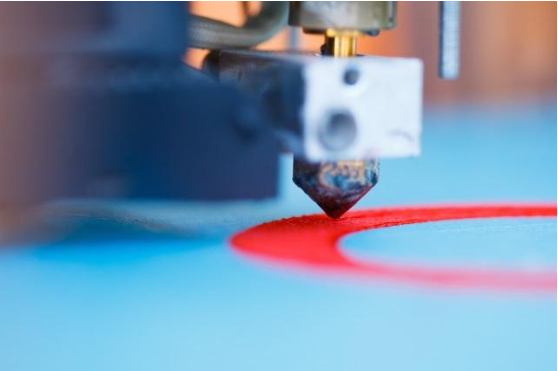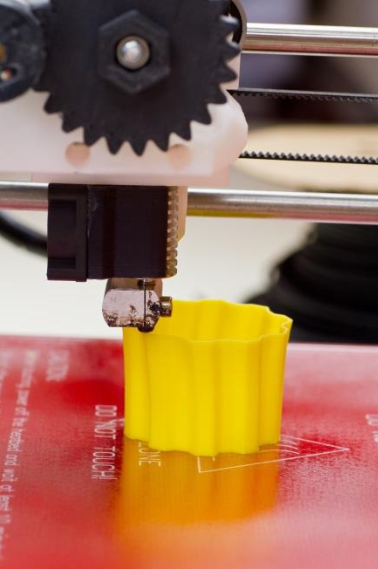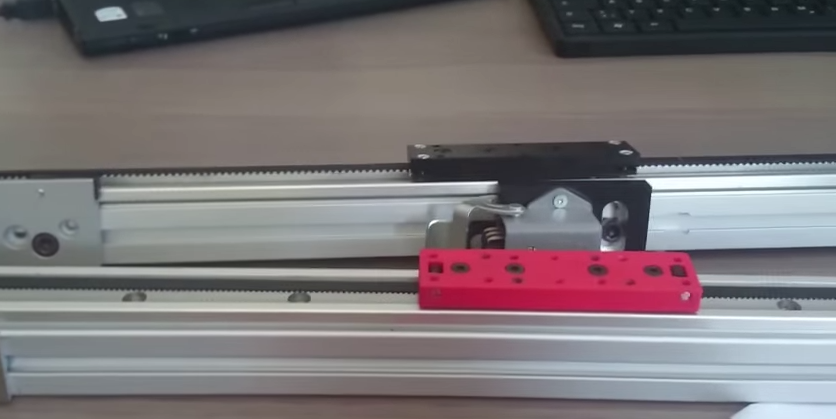 It’s not something most people think about, but linear actuators are everywhere. They’re in planes, houses, manufacturing plants, office buildings, computers, on farms and in hundreds of other places. There’s a ton of money in linear actuators, but manufacturers are being challenged by the 3D printing industry to change their approach.
It’s not something most people think about, but linear actuators are everywhere. They’re in planes, houses, manufacturing plants, office buildings, computers, on farms and in hundreds of other places. There’s a ton of money in linear actuators, but manufacturers are being challenged by the 3D printing industry to change their approach.
Primarily, manufacturing operations have had the lion’s share of the industry without much competition from new technology. Those who didn’t want to purchase a linear actuator had only the option of making one themselves from components they could gather. Now, we can print those items in any shape and material we want and that could make a manufacturer shake in their booties.
Some have already seen the light. There are manufacturers out there who are currently using 3D printing technologies to run their operations and the results aren’t anything less than staggering. Those who can complete the transition from robotics to 3D printing are noticing a huge decrease in both operational costs and time.
Now, 3D printing in manufacturing isn’t anything new, but what is new is the price point of the technology. The time decrease was always there, but it wasn’t always cost-effective to print items.
The Cost of Printing vs. Manufacturing
It’s easiest to make the comparison using an example. Take this actuator as an example. The stated cost is $108 for a single inch stroke. That’s somewhere around average for electric linear actuators. But what would it cost to make this with a 3D printer in your very own home?
The biggest cost is the printer itself, and those prices are expected to drop in the next few years. It nearly seems worth it when you think of all the components and household items you can make (never buy a coffee mug again). If you can get around the printer cost, then you’re next to golden on the rest.
The only other real parts are the components of the actuator (and the knowledge of doing it). You’ll likely still have to buy a motor, but the metal housing, the lead screw and other small parts can be printed rather easily. This linear actuator weighs 1.5lbs, making the amount of metal powder you’d need for this actuator rather small. When buying in bulk, you can get the stuff a decent price.
Any materials you need to buy additionally can be purchased cheaply, such as the limit switches and the motors. Limit switches can be bought for less than $10 a piece, and servo motors can be around $30. Materials can be even cheaper if you’re making plastic actuators. Creating a plastic actuator would require only the purchase of a motor.
The benefits to printing your own linear actuators, especially if you’re an engineer, a robotics hobbyist or someone else who uses actuators, are many-fold. But there’s another benefit to creating your own actuators – customized units.
(great video of a 3d printed linear actuator compared to a bought one).
The Customization and Quality
Whenever you’re purchasing a linear actuator from a manufacturer, you might notice that there are usually limitations on the stroke size, force, speed and other specifications. This is because most manufacturers only make the kinds of actuators that are most likely to be bought. If you have a project that requires uncommon actuator specs, you’re stuck customizing one with the manufacturer. This can be a very costly venture for some.
Printing your own actuator can skirt all of these problems. If you know how to spec your own actuator, who’s to stop you from designing and creating your own? Nobody. That’s who. So it would seem that even the homemade 3D printing phenomenon is making waves that could be shaking up the manufacturing industry, but there is another shark in the water: 3D printing services.
The Threat Level
 Maybe you don’t have enough time, or knowledge or the printer. A company called MatterFab has recently launched with the intention of bringing down the cost of 3D metal printing for individuals. If the cost for individuals comes down, you can expect the cost for buying in bulk to lower significantly. This type of service is a direct threat to an industry that manufactures linear actuators because they have the resources to create the components in bulk for a fraction of the cost.
Maybe you don’t have enough time, or knowledge or the printer. A company called MatterFab has recently launched with the intention of bringing down the cost of 3D metal printing for individuals. If the cost for individuals comes down, you can expect the cost for buying in bulk to lower significantly. This type of service is a direct threat to an industry that manufactures linear actuators because they have the resources to create the components in bulk for a fraction of the cost.
The Manufacturing Response
While it may seem like an incredible hit to the manufacturing industry, there is a way that companies can keep up. That is, the industry can start to implement 3D printing operations instead of ungainly, costly robotics.
While it may seem like a fantastic idea to start printing your own actuators like nobody’s business, there is something to be said about manufacturers who have time-tested experience at bringing high-quality actuators to the public. Purchased actuators come with the benefits of quality, warranties and saving you the time of creation, which can be a major deciding factor for some.
It was, at one time, nearly impossible to think that the robotics we use in manufacturing would be outperformed by another technology, other than Star Trek, fantasy-type tech. The exciting part is that this once-fantastical technology is becoming a standard, and things are probably about to get really futuristic (and weird, if you’re not prepared). So, yes, there is a threat to the manufacturing industry in terms of widespread 3D printing, but not if they give the proper response and adopt the technology as much as the rest of the world. To do any less is to be left behind.
Author Bio
Matthew Edwards is a freelance writer and works for ActuatorZone, a linear actuator manufacturer and distributor based in North America.
Subscribe to Our Email Newsletter
Stay up-to-date on all the latest news from the 3D printing industry and receive information and offers from third party vendors.
Print Services
Upload your 3D Models and get them printed quickly and efficiently.
You May Also Like
3D Printing News Briefs, June 11, 2025: Sustainability, Automotive Tooling, & More
We’re starting with sustainability news in today’s 3D Printing News Briefs, as EOS has strengthened its commitment on climate responsibility, and Zestep is making 3D printing filament out of eyewear...
3D Printing 50 Polymer Stand-In Parts for Tokamaks at the PPPL & Elytt Energy
Of all the world’s things, a tokamak is one of the hardest, most complex, expensive and exacting ones to make. These fusion energy devices make plasma, and use magnets to...
3D Printing News Briefs, May 17, 2025: Color-Changing Materials, Humanoid Robot, & More
We’re covering research innovations in today’s 3D Printing News Briefs! First, Penn Engineering developed 3D printed materials that change color under stress, and UC Berkeley researchers created an open source,...
Firehawk Aerospace Partners with JuggerBot 3D, Gets $1.25M from AFWERX for 3D Printed Propellants
Texas-based Firehawk Aerospace, an advanced energetic materials firm that works with aerospace and defense applications, announced a strategic partnership with JuggerBot 3D, an Ohio-based large-format 3D printer manufacturer. Together, the...


































